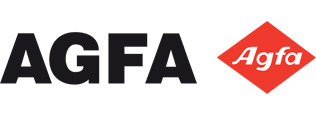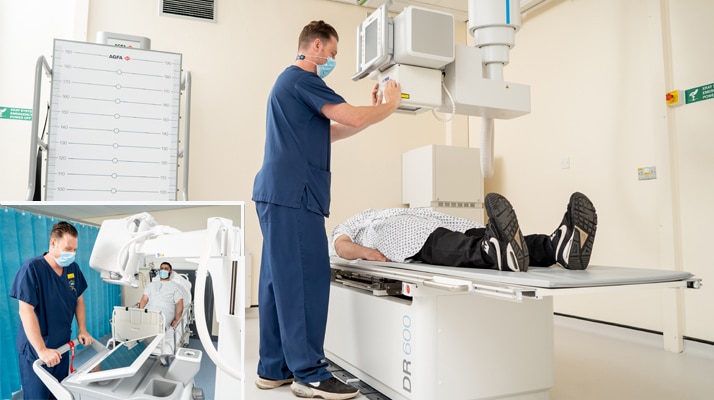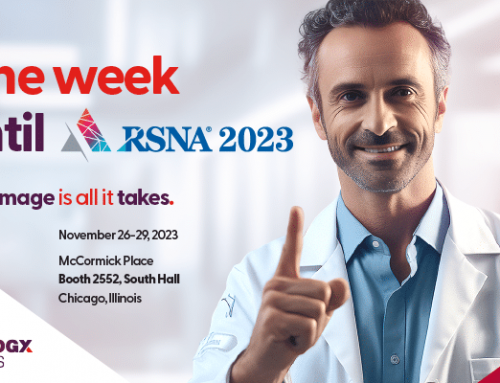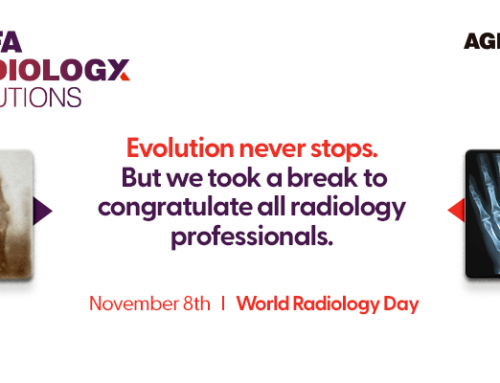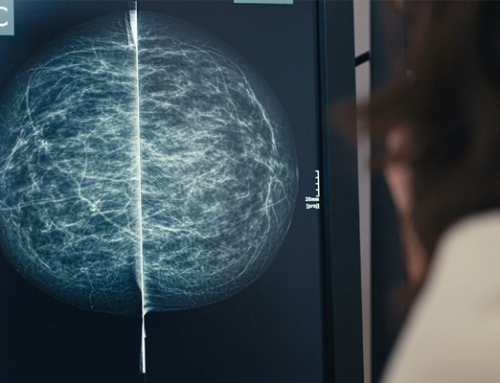In the space of only four years, the Rotherham NHS Foundation Trust successfully transitioned to a modern, fully direct radiography (DR) environment, including four automated DR 600 rooms and three mobile X-ray units. To accompany them on their journey, the Trust chose Agfa. “It was a leap of faith, but thanks to Agfa’s exceptional service and excellent technology, we are delivering the benefits of DR to patients, staff and clinicians alike,” says Rachel Bell, Professional Lead for Medical Imaging, Physics and Illustration at The Rotherham NHS Foundation Trust.
“We needed a solution that would increase patient throughput and speed of imaging in the busy A&E, and help us to improve quality of care. We felt the DR 600 was perfect for this type of imaging, plus it offered a good price/quality ratio,” explains Rachel Bell.
Patient care is at the top of the Trust’s priorities, and that includes minimising exposure to radiation dose from X-rays. Agfa’s DR solutions support ALARA (as low as reasonably achievable) principles thanks to the combined use of the MUSICA® image processing and Cesium Iodide detectors, while the excellent image quality helps reduce retakes. This is all the more important for paediatric patients. “We have automated paediatric dose settings. So, if we have a baby who needs a chest X-ray, the DR 600 will automatically set an appropriate exposure rate, which the radiographer checks and adjusts as needed. This simplifies and speeds up the radiographer’s work, while enhancing patient safety.”
In addition to the four DR 600 fixed rooms, Rotherham Hospital has three mobile Agfa units, including two DR 100s systems and a DX-D 100. These are used in the wards throughout the hospital. “They are very manoeuvrable, even in tight spaces like the SCBU (Special Care Baby Unit) or children’s ward. The tube head is flexible, so it can be easily moved and angled, and then holds the position. The arm is long enough that we don’t have to park the unit right up against the bed. The screen is big enough that the radiographer and the clinician can check that the image shows all the needed areas, before they leave the patient’s side. And its very useful for checking catheter positioning, especially in the intensive therapy unit, when you don’t want to move the patient too much.”
Read the full customer testimonial here
